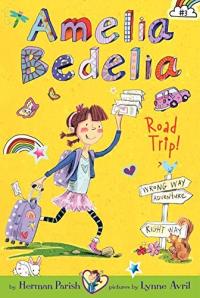
Amelia Bedelia: Road Trip!
Age Level:
9-12 Genre:
Fiction 
Big, Bigger, Biggest
Age Level:
3-6 Genre:
Fiction 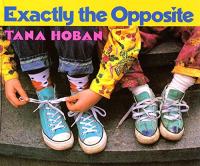
Exactly the Opposite
Age Level:
6-9 Genre:
Fiction 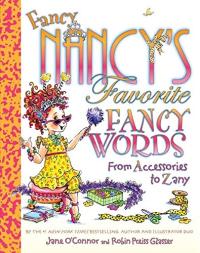
Fancy Nancy’s Favorite Fancy Words: From Accessories to Zany
Illustrator:
Robin Glasser Age Level:
6-9 Genre:
Fiction 
Hi! (Animal Sounds)
Age Level:
0-3 
How Are You Peeling? Foods With Moods
Age Level:
6-9 Genre:
Fiction 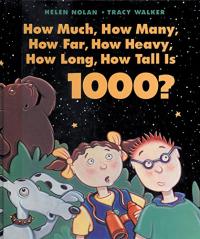
How Much, How Many, How Far, How Heavy, How Long, How Tall Is 1000?
Age Level:
9-12 Genre:
Nonfiction 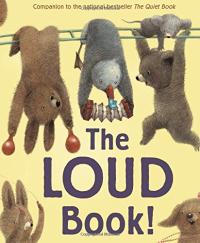
The Loud Book
Age Level:
6-9 Genre:
Fiction 
Merriam-Webster’s 150 First Words
Illustrator:
Kasia Dudziuk Age Level:
0-3 Genre:
Nonfiction 
Merriam-Webster’s Word of the Day: 366 Elevating Utterances to Stretch Your Cranium and Tickle Your Humerus
Age Level:
9-12 Genre:
Nonfiction 
Say What?
Age Level:
3-6 Genre:
Fiction 
A Seed Is Sleepy
Illustrator:
Sylvia Long Age Level:
6-9 Genre:
Nonfiction 
The Annotated Phantom Tollbooth
Illustrator:
Jules Feiffer Age Level:
Teen Genre:
Fiction, Fantasy, Science Fiction 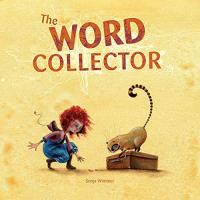
The Word Collector
Age Level:
6-9 Genre:
Fiction 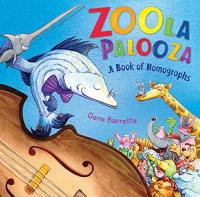
Zoola Palooza: A Book of Homographs
Age Level:
3-6 Genre:
Fiction 